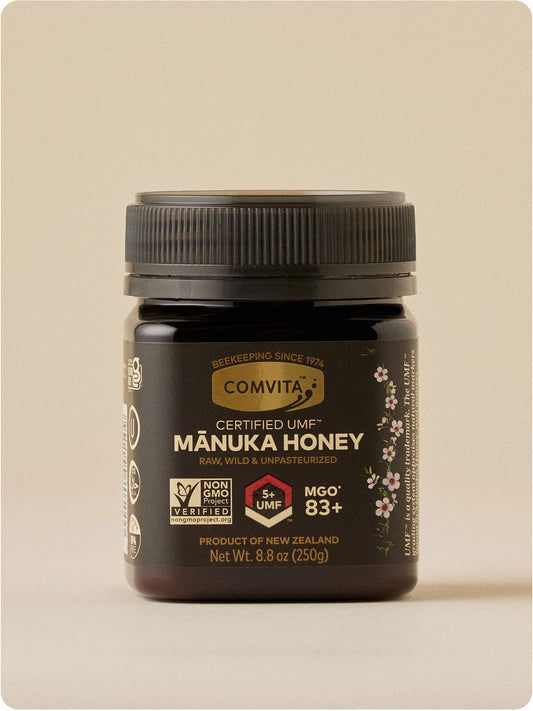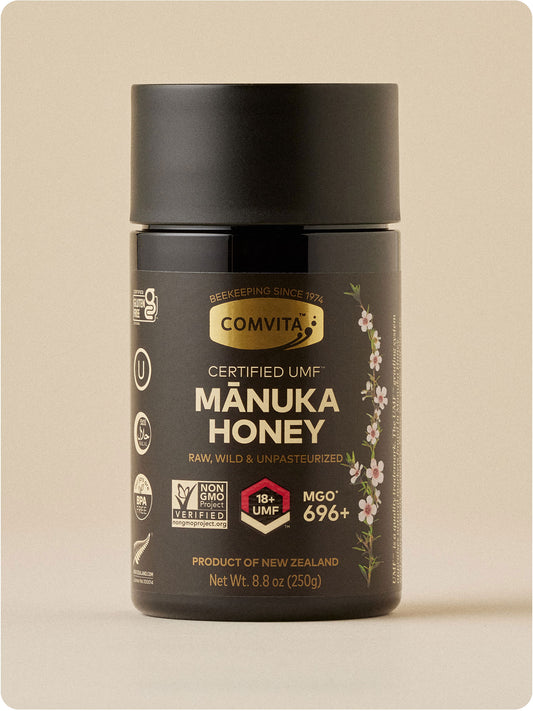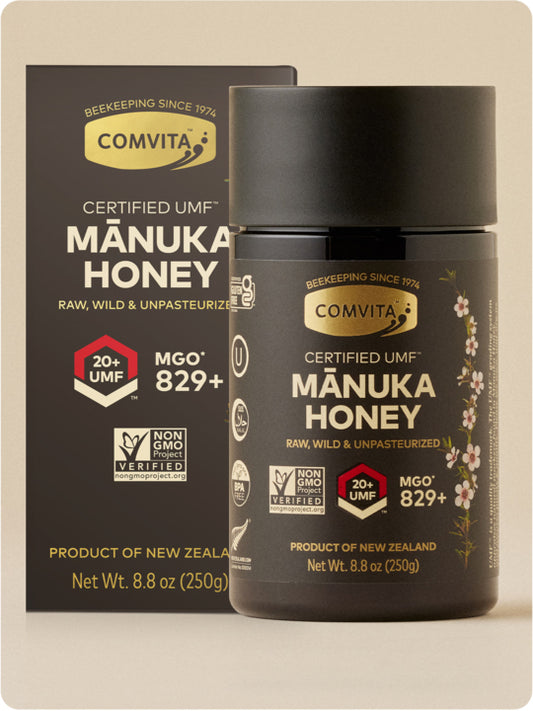
The Hawaiian History of Honey Bees, from a Beekeeper's Perspective
Beekeeper Kailin Kim, her Hawaiian ancestors, and our precious honey bees all have something in common: they are natural-born voyagers. Continue reading to learn the history of honey bees in Hawaii, through a cultural perspective and a beekeeper's experience.
The influence of voyaging -
As a local girl growing up in Hawaiʻi, my first memory of honey bees is catching them as a kid off the flowers in our yard. It must have been the risk of getting stung that gave me an adrenaline rush, but I loved to carefully trap them in a jar and see how many I could get before setting them free. Maybe I should have viewed this young fascination as an indicator for my love of bees, but I had other passions pulling me elsewhere, and I never even realized beekeeping existed until taking an Intro to Beekeeping course in college.
Instead, my love for the ocean led me to Hōkūleʻa, our iconic deep sea Hawaiian voyaging canoe, and on to sailing with other canoes across Hawaiʻi and New Zealand, two places deeply connected through voyaging traditions, stories, and shared ancestral lineage.
It would be an understatement to say that voyaging has shaped me into the person I am today. The canoe is where I met my other half (and beekeeping partner) Kai, and also where the fundamental values of our ʻohana (family), business, and lifestyle were instilled within us.
A cultural perspective on honey bees -
With this unique native perspective, my family has a different mindset when it comes to beekeeping, and we strive to relate to honey bees from a culturally grounded standpoint.
We think of bees as voyagers, navigating by the sun just as our Polynesian ancestors did when they traversed oceans to settle islands like Hawaiʻi and Aotearoa (New Zealand).
The main reasons bees swarm or leave their hive are the same reasons our ancestors adventured off from their island home in search of new land: an overcrowded population, limited resources, or some type of battle (with pests). The similarities go on, but I’ll leave it at that for now.
The honey bees journey to Hawaii -
Now with this newfound Hawaiian outlook on bees, let’s not mistake honey bees as native to Hawaiʻi. There are native Hawaiian yellow faced bees, 7 of which are recognized as federally endangered species, but honey bees, Apis mellifera, is not one of them.
To understand the history of how honey bees ended up here in our islands, I put my Hawaiian language degree to use and scoured through old nūpepa Hawaiʻi (Hawaiian language newspapers) on anything and everything relating to bees and honey. And what a journey it was to get them here!
“TEN DOLLARS TO THE PERSON WHO SHALL INTRODUCE THE FIRST HONEY BEE INTO THE ISLANDS”
-Royal Hawaiian Agricultural Society, 1854
Called “nalo meli” in the Hawaiian language, which literally translates to “honey fly”, honey bees were first brought to the Hawaiian islands by way of ship in the 1850s.
In 1852, the first attempt to bring a hive to Honolulu from Boston, MA didn’t quite go as planned- all the honeycomb melted while crossing through the tropics, killing all the bees. Second try, in 1853, had the hives packed in ice, and you can guess that didn’t go so great either.
In 1857, four hives of German dark bees finally made it to Honolulu successfully, this time from California, and unlike many introduced species to Hawaiʻi, which often damage our fragile island ecosystem and overrun native species, honey bees were welcomed in the islands due to their beneficial nature. There were even announcements in the newspapers of that time forbidding people to harm the bees, as they were a “great help to everyone without causing any trouble.”
On moving forward -
On that note, it is my family’s hope that we can help perpetuate this appreciation for bees from the past well into the future. We are really excited to partner with Comvita to represent Hawaiʻi in their bee rescue project that will save 5 million bees, and also to have a little jar of Aotearoa here in our home with Comvita’s delicious Manuka Honey.
Kailin Kim graduated from the University of Hawaiʻi at Hilo with degrees in Hawaiian Studies & Agriculture, where she took her first introduction to beekeeping course. In 2016, she co-founded the Hoʻōla Honey Bee Relocation project to rescue honey bees across Hawaiʻi Island from unwanted places like homes and schools, then relocate them to North Kohala to provide necessary pollination for local farms and gardens. As a mother, farmer, and beekeeper, she is an advocate for protecting our pollinators and hopes to contribute to Hawaiʻi and a world where our keiki (children) and nalo meli (honey bees) have a safe, clean, and healthy environment necessary to thrive.
To learn more about Kailin and her family, check out our blog on their life as beekeepers.






